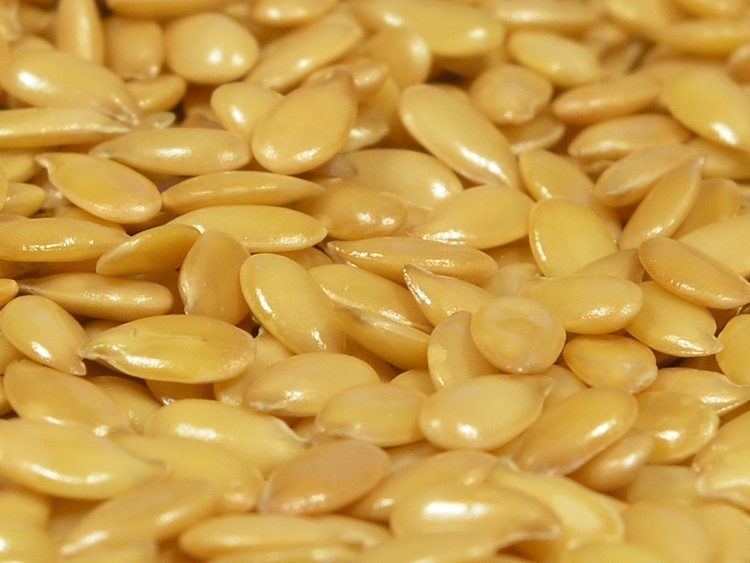 | ||
Seed contamination is the mixing of seeds used for agriculture with other seeds which are not desirable or soil (which may carry seeds). An example would be mixing corn seed with weed seed. These contaminant seeds can be either common weeds or other crop seeds.
Contents
In genetic engineering, seed contamination may refer to unwanted genes found in a seed, or pieces of DNA from other genetically engineered seeds.
Contamination in genetic engineering
Contamination in this area is most likely caused by other genetically engineered seeds cross pollinating with unchanged seeds. The new seeds that are produced will have significantly altered DNA than the parent seed. This mutation could potentially then be passed down for generations. It is possible that the alterations could affect plant growth and development.
Prevention
Preventing seed contamination in agriculture is fairly difficult, almost impossible. Better machines constantly help to reduce the number of foreign seeds gathered.
Preventing seed contamination in genetic engineering is simply a matter of separating "pure" seeds from contaminated ones. This will keep a supply of unaltered seeds for future use. If they are allowed to cross pollinate, it is possible that the altered traits will be passed down.
Government agencies, especially within the United States, are setting up programs to stop seed contamination from genetic engineering. The Gone to Seed report lays out a plan to:
- Conduct a study to determine the effects, causes, and extent of seed contamination
- Change current seed regulations to prevent contamination
- Create a "bank" of unaltered seeds
